Understanding Bitcoin's Divisibility: Who Said You Can’t Split a Bitcoin?
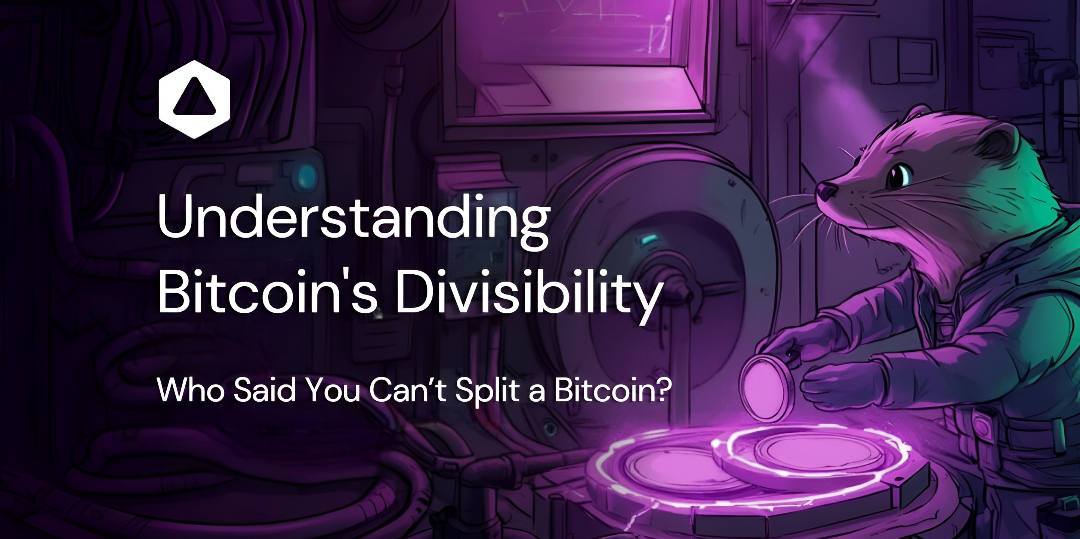
Beyond the general discussions around Bitcoin, there are certain technical aspects that distinguish it from traditional forms of money. One such aspect is its divisibility. This characteristic allows Bitcoin to be broken down into very small units, which has implications for how it is used in various types of transactions.
This divisibility also raises interesting questions—one of the most common being, “Is Bitcoin infinitely divisible?” While the concept may initially seem complex, exploring it offers insight into the underlying technology and how digital currencies are structured.

Understanding Scarcity and Value
Before exploring the concept of bitcoin's divisibility, it’s helpful to understand some foundational economic ideas. One such concept is scarcity, which has historically influenced how humans perceive the usefulness or importance of certain objects or materials.
Take gold, for example. It has often been referenced in discussions about economic systems due to the following characteristics:
- It exists in limited quantities.
- Extracting it requires significant effort and resources.
- It has practical limits when it comes to being divided into smaller parts for use.
These traits have played a role in how gold has been used and regarded in various societies over time.
Bitcoin’s Divisibility
When examining bitcoin from a conceptual standpoint, some interesting distinctions arise. Unlike gold, bitcoin is not limited by physical properties. One notable aspect is its divisibility.
Bitcoin can be broken down into much smaller units. Specifically, one bitcoin is made up of 100,000,000 satoshis (sats). Each satoshi represents 0.00000001 BTC, which is the smallest unit in the system. Earlier in the article, a table illustrated how a single bitcoin can be divided into smaller parts.
Satoshis: The Smallest Unit of Bitcoin
The satoshi, often shortened to "sat," is the smallest unit of bitcoin. The term "satoshi" is named after the pseudonymous creator of Bitcoin, Satoshi Nakamoto. Some other denominations in the cryptocurrency world also reference figures who have played notable roles in its development.

When it comes to smaller transaction amounts, the unit often used is the satoshi rather than larger symbolic denominations. For instance, an amount like 0.00001 bitcoin can also be expressed as 10,000 satoshis.
Bitcoin's Divisibility Improves Its Usability
Bitcoin can be divided into very small units, which makes it possible to use for very small transactions. This characteristic may suit certain digital contexts where low-value exchanges are common—such as accessing individual pieces of content or making small contributions online. This type of divisibility is not typically found in traditional physical currencies or assets like gold.
The Debate About Bitcoin’s Scarcity
Bitcoin is often associated with a capped supply of 21 million coins, a feature frequently discussed in relation to its underlying design. However, this aspect has also been subject to scrutiny and debate. Some critics question whether this cap truly establishes meaningful scarcity or if it functions more as a theoretical boundary.
One of the central concerns raised is whether Bitcoin’s divisibility undermines its perceived scarcity. Unlike physical commodities such as gold—which are limited not only in quantity but also in their practical ability to be divided—Bitcoin, as a digital asset, can be broken down into extremely small units. Currently, it can be divided into satoshis (0.00000001 BTC), and future technological developments could theoretically allow for even further divisibility.
This has led some observers to suggest that Bitcoin’s functional supply may effectively expand as demand increases, since users can trade in smaller and smaller denominations. In this view, the total number of coins might remain constant, but the ease with which they can be divided and exchanged could create an impression of limitless availability.
Critics often compare this to gold. Gold’s scarcity is not only theoretical but also physical—it is difficult to extract, and its physical properties limit how finely it can be divided for use. These limitations help reinforce its role as a scarce resource. Bitcoin, on the other hand, is purely digital. Theoretically, if each fractional unit of Bitcoin retained the same utility and economic value, it could raise questions about whether scarcity, as a concept, still holds in the same way.
In this light, some argue that digital divisibility complicates traditional notions of scarcity. Whether or not this undermines Bitcoin's perceived role as a scarce asset is part of a broader conversation about the differences between digital and physical forms of value.
What does the All Knowing Engine (AI) Says About the Non Believers
If you ask AI to explain to a 5-year-old why bitcoin's divisibility doesn't make it less scarce, we get the following response:
Imagine you have a big chocolate bar.
This chocolate bar is special because there's only a certain amount of it in the whole world, and you can't make more. So it's very rare and valuable.
Now, you can break this chocolate bar into lots of small pieces to share with your friends.
Even if you break it into many tiny pieces, the total amount of chocolate you have doesn't change. It's still that one special chocolate bar, just in smaller parts.
So similar to this example, bitcoin can be divided into smaller parts called "Satoshis," but the total amount of Bitcoin in the world stays the same. So, dividing it into smaller pieces doesn't make it less rare or valuable. It's still the same amount, just like your special chocolate bar.
Dividing Satoshi’s into Milli-Satoshis
Recent developments in blockchain infrastructure, including layer 2 solutions and bridging mechanisms, have introduced the possibility of increased divisibility within Bitcoin-based systems. Bitfinity, a layer 2 protocol functioning as a sidechain to the Bitcoin blockchain, is one example of such technology under exploration.
The Lightning Network, another layer 2 solution built on Bitcoin, already enables a level of divisibility beyond the base layer by supporting milli-satoshis — units equivalent to one-thousandth of a satoshi. In this framework, one satoshi equals 1,000 milli-satoshis.
This extended divisibility can allow for more detailed and precise value transfers, particularly relevant in contexts where very small transaction units are necessary. These technical capabilities are part of a broader trend in blockchain engineering, where ongoing improvements continue to explore new ways of enhancing efficiency, scalability, and transaction flexibility.
Why is Lightning Network Denominated in Millisatoshis rather than Satoshis?
by u/juan_more_bitcoin in lightningnetwork
Bitfinity operates using an off-chain transaction model, meaning transactions are processed without being recorded directly on the Bitcoin blockchain. This method is designed to handle transfers outside the main chain, which can influence transaction speed, fees, and the granularity of transaction amounts.
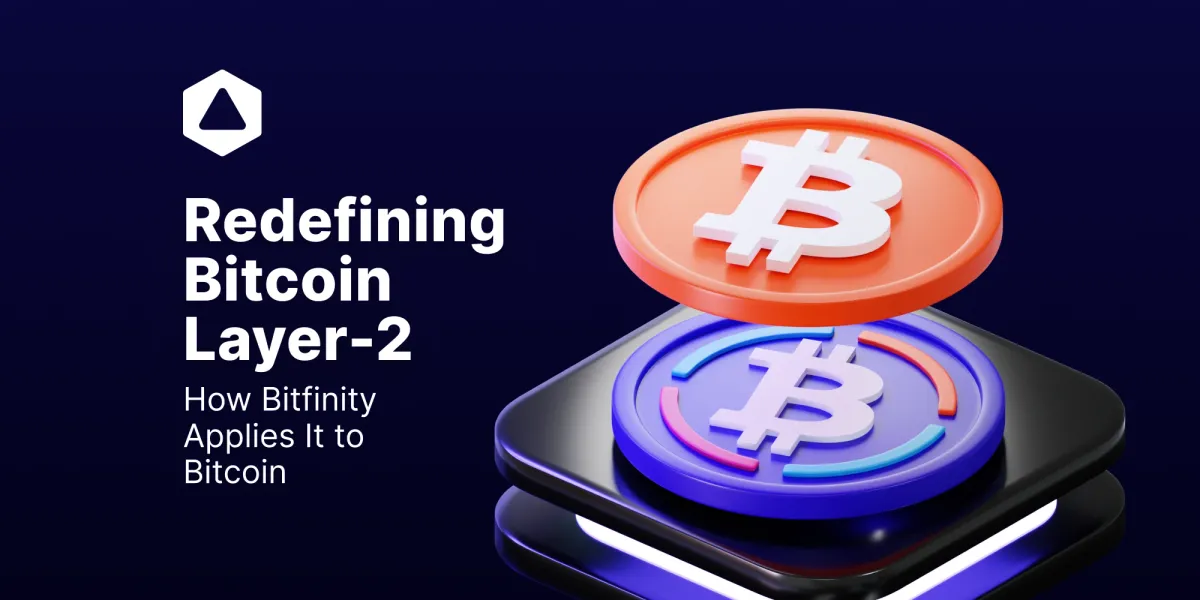
Some blockchain infrastructures aim to explore alternative models of transaction scalability and divisibility. For example, within certain ecosystems, representations of Bitcoin—such as ckBTC on the Internet Computer (IC) blockchain—are designed to function in a way that allows for high-frequency, low-cost transactions.
These systems may enable more granular handling of digital assets by allowing them to be transacted in smaller denominations than typically used on Bitcoin’s base layer. This can be relevant in contexts where very small units of value are needed—such as in digital automation, data-based services, or internet-connected devices—where precision and efficiency in transactions are technically useful.
Such frameworks also make use of smart contracts, which can support programmatic interaction between users or devices. While this approach is not unique to any one platform, it reflects a broader trend in the digital ledger space: reimagining how divisible units of value might be implemented in digital environments without relying on traditional financial models.
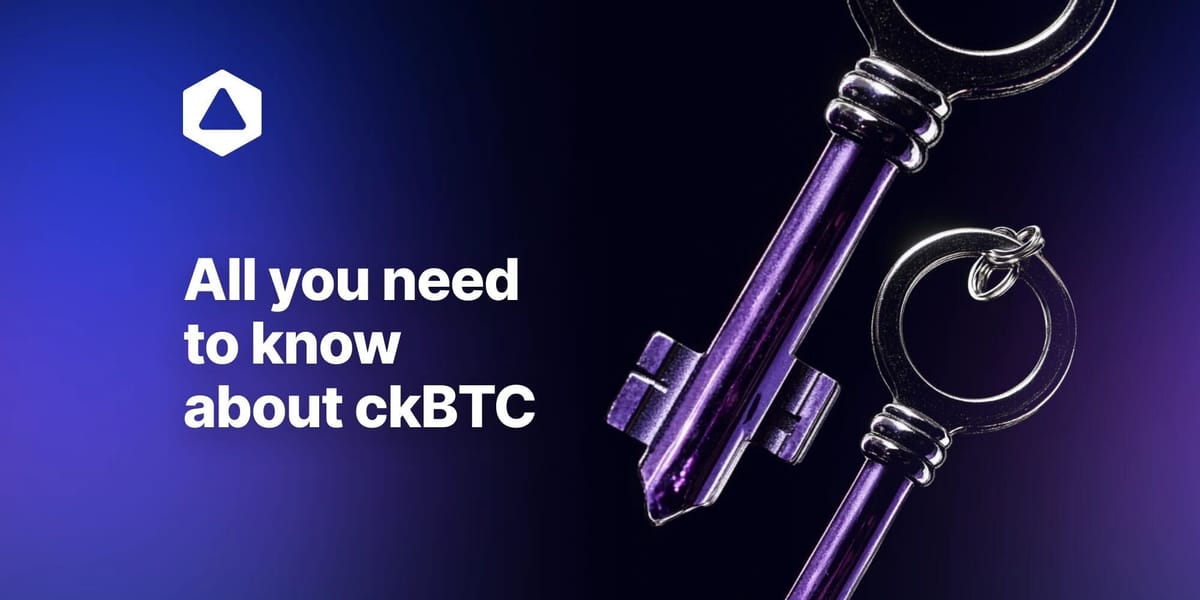
Conclusion
The divisibility of Bitcoin is a topic that invites closer examination. While each Bitcoin can be divided into 100 million units known as satoshis—amounting to approximately 2.1 quadrillion satoshis in total—this high degree of divisibility opens up interesting technical considerations.
Some developers have explored the possibility of extending Bitcoin’s divisibility even further. For instance, there are theoretical proposals involving soft fork upgrades that could introduce even smaller units, sometimes referred to as “pico-bitcoin,” by reassigning unused script operations. These ideas remain conceptual and would require both community consensus and technical development.
Additionally, advancements in Layer 2 technologies have prompted discussions around how Bitcoin could be utilized beyond conventional transactional purposes. These second-layer solutions offer new ways of interacting with the network, including the potential for applications outside of monetary exchange or value storage.
Viewed from a broader systems perspective, the Bitcoin network is sometimes studied as an evolving technical infrastructure—one whose use cases may continue to diversify over time.

Connect with Bitfinity Network
Bitfinity Wallet | Bitfinity Network | Twitter | Telegram | Discord | Github

*Important Disclaimer: The information provided on this website is for general informational purposes only and should not be considered financial or investment advice. While we strive for accuracy, Bitfinity makes no representations or warranties regarding the completeness, accuracy, or reliability of the content and is not responsible for any errors or omissions, or for any outcomes resulting from the use of this information. The content may include opinions and forward-looking statements that involve risks and uncertainties, and any reliance on this information is at your own risk.
External links are provided for convenience, and we recommend verifying information before taking any action. Bitfinity is not liable for any direct or indirect losses or damages arising from the use of this information.




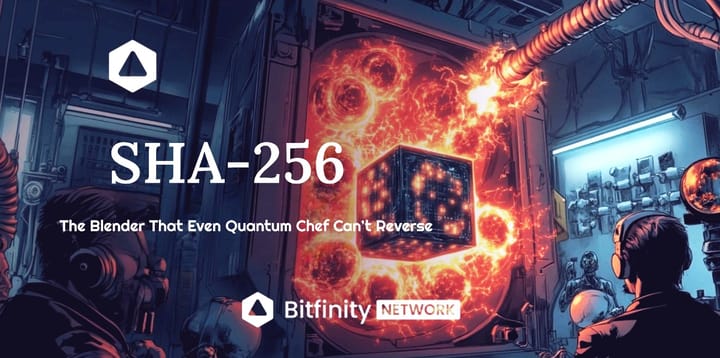
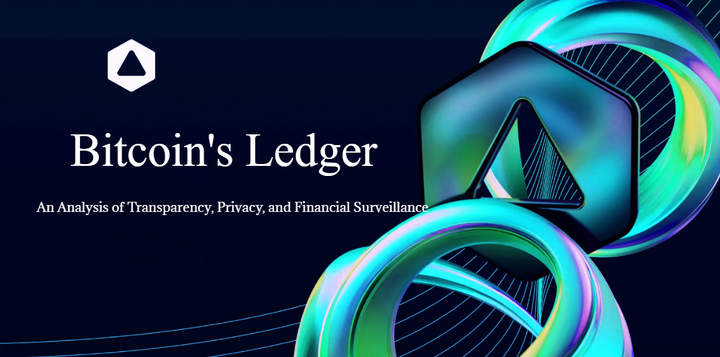

Comments ()